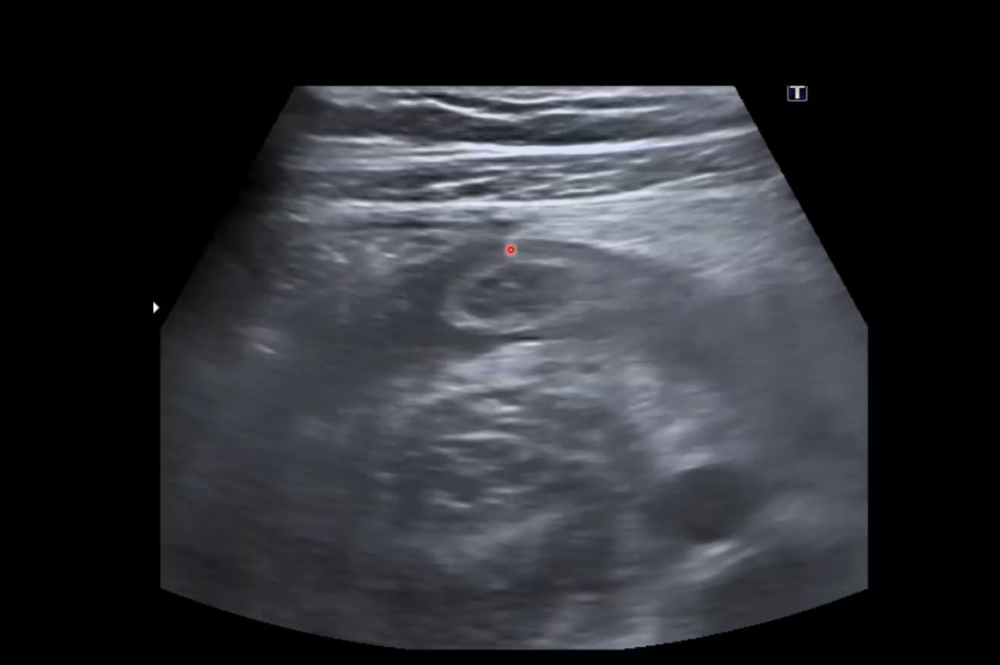Pediatric Detectives Part 2: Acute Abdominal PAIN
In part 1 of our series, we introduced you to the mnemonic “PAIN” as a guide:
- Patient symptoms, Progression, and Palpation
- Anatomy and Aetiology
- Imaging Appendicitis
- Narrow down your diagnosis!
The second part deals with “Imaging Appendicitis”. Go back to part one for a quick refresh on the first two steps!
Imaging Appendicitis
Look for Irregularities & Inflammation
Any patient referred with abdominal pain should receive an ultrasound exam of the entire abdomen! An ultrasound examination of the bowel and the appendix region should be performed if the localization of pain and the overall clinical picture point toward appendicitis. After an orientation examination with the abdominal transducer, it may be worth switching to the linear transducer, not only in children but also in slim adults, to get the best resolution in the appendix region.
Ultrasound is the preferred imaging modality because of its high sensitivity (around 90%) and specificity (95%), as well as its radiation-free nature and ubiquitous availability. A CT or MRI study will be necessary in some cases!
Appendicitis Signs on Ultrasound:
-
Diameter: > 6 mm is an indicator of appendicitis.
-
Wall Thickening: > 3 mm thickness or loss of wall layer structure signifies swelling and early disintegration.
-
Appendicolith: Obstructs the appendix lumen, seen as hyperechogenic structures with dorsal shadowing.
-
Target Sign: The inflamed appendix appears round in a short axis and like a "target," non-compressible under probe pressure.
-
Fat Stranding: Hyperechoic area surrounding the appendix - "embedded in a bed of snow."
-
Periappendiceal Fluid: Sign of local peritonitis.
-
Sonographic McBurney’s Sign: Pain reaction at the McBurney’s Point, aiding localization.
-
Mural Hyperemia: Detected via color Doppler, indicating hyperperfusion from inflammation.
Watch this comprehensive video on appendicitis signs!
These signs, when present in combination, may suggest a diagnosis of appendicitis. However, it is important to interpret the ultrasound findings in conjunction with the clinical symptoms and other diagnostic tests for an accurate diagnosis.
Signs of perforation:
-
Once perforation has occurred, there can be a short interval of pain relief.
-
Reduced or even absent color Doppler flow in the later stages, like gangrenous appendicitis or perforated appendicitis.
-
Perforation and abscess formation: Hyper- and hypoechoic areas, sometimes a kind of pseudo-wall can be appreciated (the body tries to contain the inflammation)
-
Periappendiceal cloudy fluid collection (putrid)
-
Further evaluation with CT or MRI is necessary to delineate the extent of the abscess.
Stay tuned! In the next part, we’ll discuss how to narrow down your diagnosis!
A special thanks to our 123Ambassador Andrei Satsuk, MD, for providing a pediatric case! Instagram: @satsuk_md



